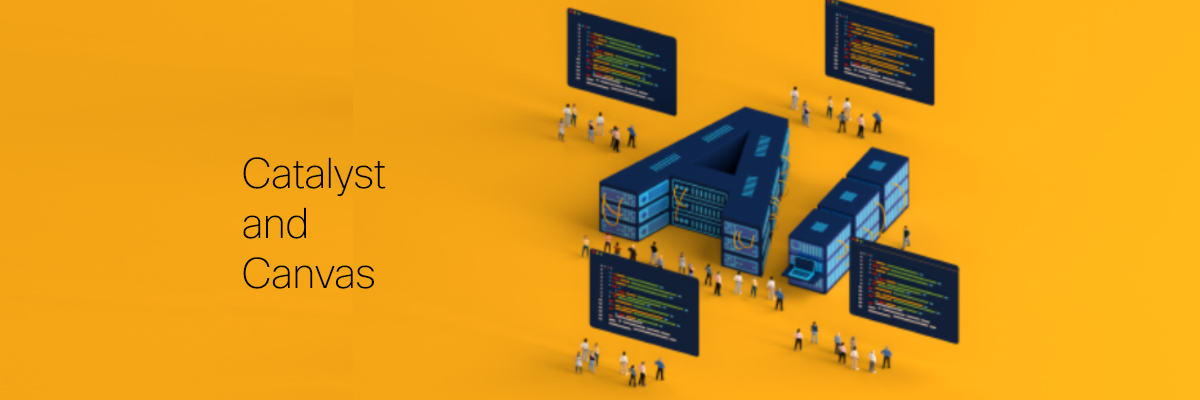- I recommend the Pixel 9 to most people looking to upgrade - especially while it's $250 off
- Google's viral research assistant just got its own app - here's how it can help you
- Sony will give you a free 55-inch 4K TV right now - but this is the last day to qualify
- I've used virtually every Linux distro, but this one has a fresh perspective
- The 7 gadgets I never travel without (and why they make such a big difference)
Shift-left Convergence with Generative AI Improves the Programmer’s Role

Collaboration and converged platforms, plus the help of AI, will allow programmers to produce better software in less time.
The ongoing ‘shift left’ movement in software development — where testing and quality control measures are moved earlier in the application lifecycle — is pushing developers into less familiar areas such as security. While intended to deliver more stable and secure applications, this evolution in responsibilities is causing developer burnout and high turnover. At the same time, we also see that some organizations are already benefiting from the use of Generative AI (GenAI) to supplement human skills and even take over some tasks.
Throughout 2024, we’re going to see profound transformation within software programming as the realities of new tools, approaches, and technologies come together. Liz Centoni, Cisco Chief Strategy Officer and GM of Applications, notes this in her predictions of tech trends for the coming year, saying developers will use modern AI-assisted converged platforms and collaboration to become more efficient.
“Programmers will leverage platforms and collaboration – and even a little help from AI – to centralize toolkits and unlock newfound efficiency so they can focus on delivering exceptional digital experiences. For instance, they’ll wield cloud native application protection platforms (CNAPP), cloud security posture management (CSPM), and cloud workload protection platforms (CWPP) to combat tool sprawl, streamline workflows, and eliminate the burden of managing disjoined tools.”
A 2023 study by McKinsey shows that GenAI-powered tools dramatically boost efficiency when it comes to routine developer tasks, such as writing documentation on code functionality, generating new code, and improving existing code. GenAI-powered tools were shown to halve the time it takes a developer to document code functionality, enable them to write new code at nearly twice the speed, and allow them to accomplish code refactoring in roughly two-thirds of the time.
These improvements are significant when it comes to measurable productivity. They also relieve some of the intense pressure on developers to serve as experts across multiple domains. With the help of GenAI, vital but tedious tasks such as comparing lines of code, searching for library functions, or troubleshooting syntax errors will occupy a fraction of the time when compared to the past, freeing developers to focus on problem-solving and innovation that moves organizational business objectives forward.
Taking aim at tool sprawl
Tool sprawl has resulted in greater complexity, and we see 2024 as the year in which a platform approach – into which AI capabilities are often already embedded – gains real and lasting traction to reduce the complexity of tool proliferation. CNAPP, CSPM, and CWPP are among the tools that will prove most effective in helping developers and operational teams to streamline workflows and untangle themselves from managing disconnected tools. This alone will have a positive impact on productivity.
For organizations unable to quickly move beyond siloed vendor tools and towards cross-domain platform solutions, security gaps and supply chain management issues will continue to present serious challenges. Here too, we expect to see AI lending practical assistance. Automating operational tasks, especially those that are repetitive and have a predictable number of inputs, is a job that is tailor-made for AI solutions which can speed up testing and help identify and resolve errors. Ultimately, streamlined operations will boost delivery timeframes even if developers are still managing multiple tools.
It will become increasingly clear in the year ahead that breaking down silos between teams responsible for developing, securing, and managing applications is vital to deliver flawless digital experiences. Collaboration tools will be indispensable, and developers will look to AI assistants for support with security, observability, and infrastructure components, protocols and tools. They will turn to intelligent automation and machine learning to parse vast quantities of data and deliver answers at speed.
As AI plays a progressively crucial role, we believe people will become more valuable, not less. Human judgment will remain indispensable in the software development process. The McKinsey study demonstrates that time savings achieved by using AI significantly decreases for developers as tasks become more complex. The same is true whenever programmers are unfamiliar with code frameworks, or if they are generally inexperienced.
Both code quality and time savings can be achieved when developers work with AI tools and solutions to achieve quality output because initial AI-directed results may not be accurate or adhere to best practices.
This aligns with Liz Centoni’s view. “Human checks-and-balances must ensure AI-based decisions are fair, unbiased, and aligned with ethical and moral values. We believe AI should augment human decision making, not replace it entirely.”
As we look to the year ahead, we will see AI play a growing role in assisting software developers in their daily work, allowing them to redefine tasks and automate routine processes. However, the democratization of their work gained with GenAI will not only help developers focus on higher-level functions but also require human critical thinking and agency. This will unleash a wave of quality and excellence.
With AI as both catalyst and canvas for innovation, this is one of a series of blogs exploring Cisco EVP, Chief Strategy Officer, and GM of Applications Liz Centoni’s tech predictions for 2024. Her complete tech trend predictions can be found in The Year of AI Readiness, Adoption, and Tech Integration ebook.
Catch the other blogs in the 2024 Tech Trends series.
Share:

